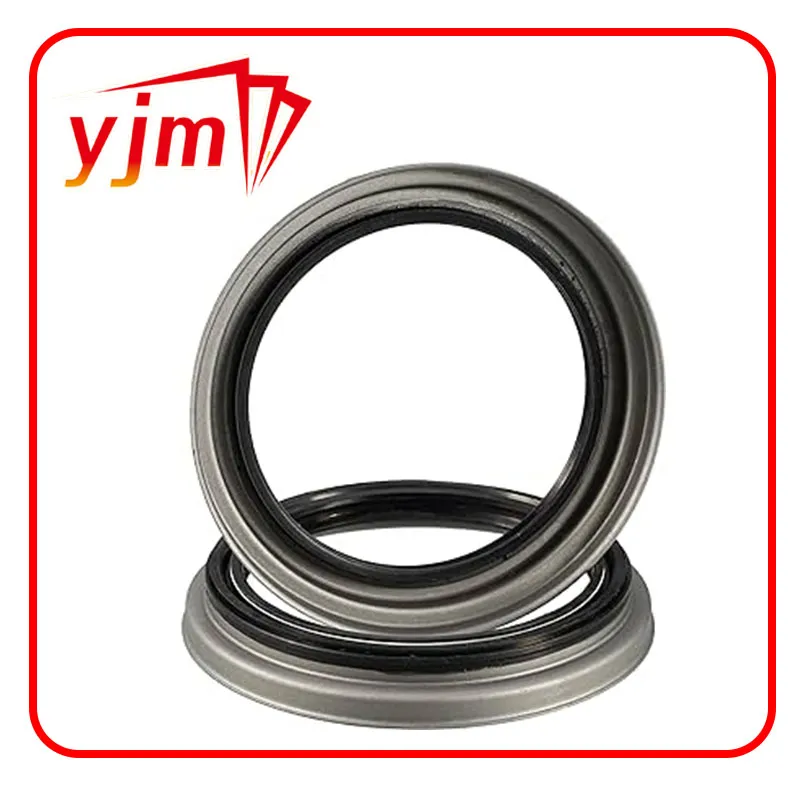power steering hose seal
Understanding Power Steering Hose Seals Importance and Maintenance
Power steering systems are pivotal for ensuring ease and comfort while driving. This critical system allows drivers to maneuver their vehicles with minimal effort, especially at low speeds or during parking. One of the essential components of this system is the power steering hose seal. In this article, we will delve into the significance of power steering hose seals, their types, and maintenance for optimal vehicle performance.
What is a Power Steering Hose Seal?
A power steering hose seal serves as a critical interface between the power steering hoses and the pump or rack and pinion components of a vehicle's steering system. These seals prevent hydraulic fluid from leaking out of the system. Maintaining the integrity of the seal is vital, as any failure can lead to fluid loss and, consequently, a loss of steering assist.
Types of Power Steering Hose Seals
1. O-Rings These are the most common type of seals used in power steering systems. They are circular in shape, made from materials that resist the degrading effects of hydraulic fluid and temperature changes. O-rings provide a tight seal between interfaces and are easy to replace.
2. Piston Seals Used in specific applications, piston seals help maintain pressure within the power steering pump. They are designed to withstand considerable pressure, and any degradation here could lead to significant steering issues.
3. Dust Seals Although not directly involved in hydraulic fluid containment, dust seals prevent dirt and debris from contaminating the power steering fluid. They are critical for prolonging the life of both the seals and the power steering system.
Importance of Power Steering Hose Seals
The power steering hose seals play several critical roles in the functioning of the steering system
- Prevent Fluid Leakage The primary function of these seals is to prevent hydraulic fluid from leaking out of the system. Leakage can lead to a drop in fluid levels, causing increased steering effort and potential damage to the pump.
power steering hose seal

- Enhance System Performance Seals help maintain the necessary hydraulic pressure within the system, ensuring smoother steering action and optimal system performance.
- Protect Against Contaminants By preventing outside dust and dirt from entering the system, hose seals protect the hydraulic fluid from contamination, which can lead to premature wear of system components.
Maintenance Tips
To ensure the longevity and optimal performance of power steering hose seals, regular maintenance is essential
1. Regular Fluid Checks Regularly inspect the power steering fluid level and its condition. If the fluid appears dirty or contains debris, it should be replaced. Low fluid levels can lead to excessive wear on seals.
2. Visual Inspections Check the hoses and seals regularly for any signs of wear, cracking, or leakage. Early detection can prevent significant failures down the road.
3. Use Quality Fluids Always use manufacturer-recommended power steering fluid. Using the wrong type of fluid can degrade seals and hoses quicker, leading to possible failures.
4. Professional Appraisal If you notice any difficulty in steering or any leaks, it's advisable to consult with a qualified mechanic. They can assess the seals and the entire power steering system, identifying any potential issues before they escalate.
Conclusion
Power steering hose seals may be small components, but their role in the smooth operation of a vehicle's steering system is invaluable. Regular maintenance and timely replacement of these seals ensure optimal performance of the power steering system, providing drivers with the comfort and control they need on the road. By understanding and caring for these essential parts, vehicle owners can significantly enhance their vehicle's reliability and lifespan.
-
Simplifying Oil Changes: A Comprehensive Guide to Oil Drain Plugs and Their Variants
News Aug.04,2025
-
Mastering Oil Drain Maintenance: Solutions for Stripped, Worn, and Upgraded Oil Plugs
News Aug.04,2025
-
Fixing Oil Pan Plug Issues: Leaks, Stripped Nuts, and the Right Replacement Solutions
News Aug.04,2025
-
Everything You Need to Know About Oil Drain Plugs: Sizes, Fixes, and Upgrades
News Aug.04,2025
-
Choosing the Right Oil Drain Plug: A Guide to Sizes, Materials, and Drain Innovations
News Aug.04,2025
-
A Complete Guide to Automotive Drain Plugs: Types, Problems, and Innovative Solutions
News Aug.04,2025
-
The Ultimate Guide to Car Repair Kits: Tools and Essentials Every Driver Should Own
News Aug.01,2025
Products categories















